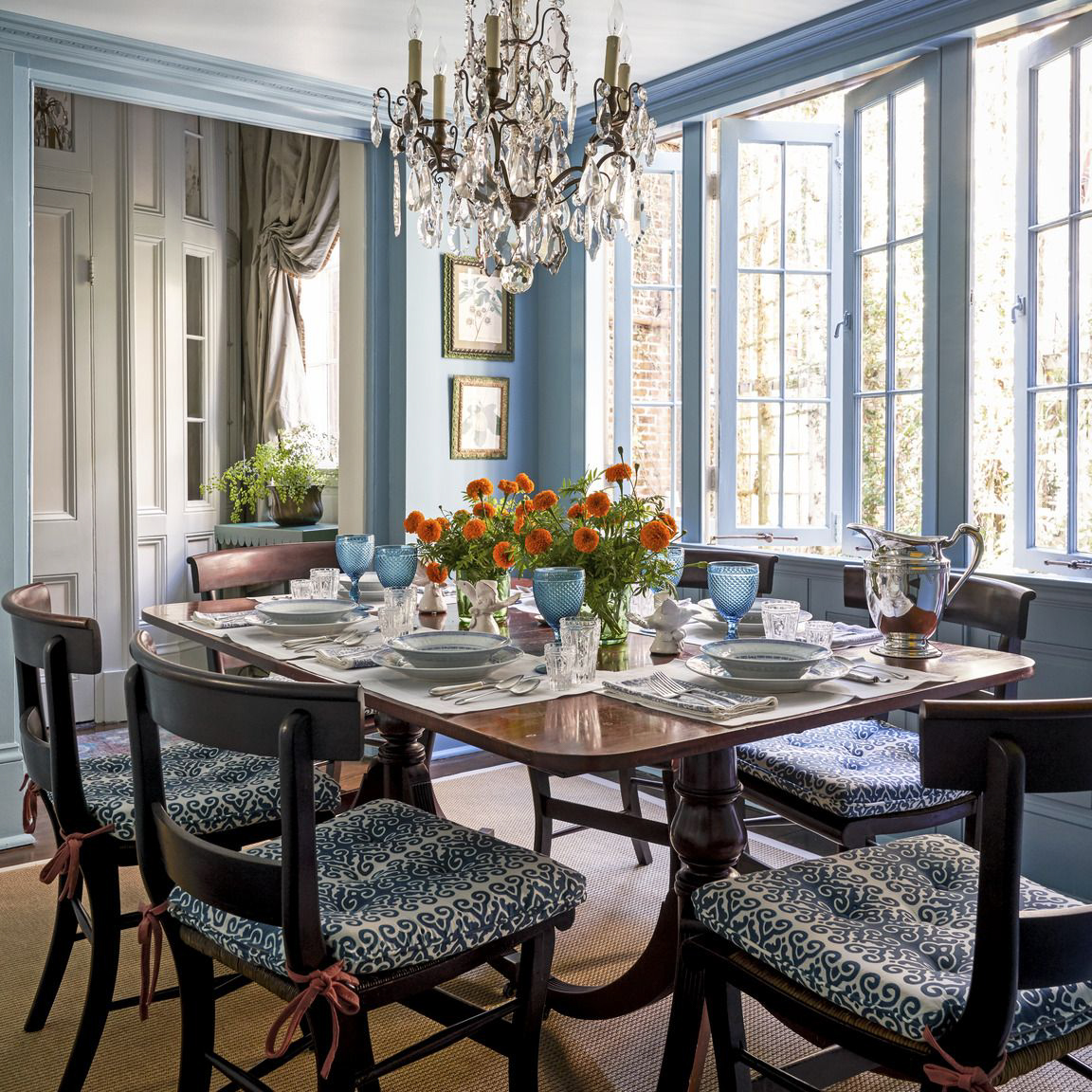
Illuminate Your Garden with Flower Lighting: The Beauty of Nature and Light Combined
The Power of Lighting in Enhancing Garden Aesthetics
A garden is not just a plot of land with plants and flowers; it is an extension of your home that requires care and attention to detail. One way to achieve a stunning garden design is through the use of flower lighting. Flower lighting can transform an otherwise dull space into an exquisite and magical outdoor oasis. Proper lighting enhances the garden aesthetics, making it a spot where you can relax, unwind and enjoy the beauty of nature.
Types of Flower Lighting
There are various types of flower lighting, including LED, solar, and halogen lights. Solar lighting is an ecological and cost-effective method that uses sunlight to power the lights. LED lights are super energy-efficient and last longer than other types, making them a go-to option for lighting up tiny flowers, paths, and corners. Halogen lights produce warm, bright light that adds an enchanting ambiance to your garden.
Where to Use Flower Lighting in Your Garden
It’s essential to know where to use flower lighting in your garden to achieve the desired effect. You can use flower lighting to highlight the focal point of your outdoor space, such as the garden entrance, water features, or specific plants. This lights up the garden features, creating a delightful and charming atmosphere. You can also use flower lighting as pathway lights that guide visitors around the garden at night.
Additionally, flower lighting works wonders when used to accent garden boundaries and walls. It adds a touch of beauty to these garden areas, making them more visible at night. Furthermore, you can use flower lighting to illuminate the seating area, making your garden a cozy and inviting place for family and friends.
Tips to Consider when Choosing Flower Lighting
Before adding flower lighting to your garden, you should consider the factors that affect its functional effectiveness. First, consider the purpose of the lighting, whether it’s safety, spot highlighting, decorative, or task lighting. Secondly, keep in mind the type of plants in your garden, their color, and their growth pattern. Finally, determine the power source for the lights, whether you are using electric, solar or battery-powered lights.




